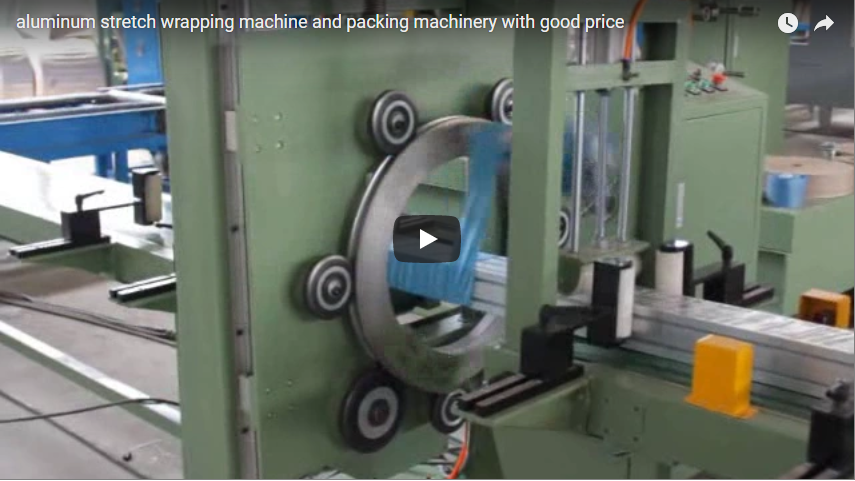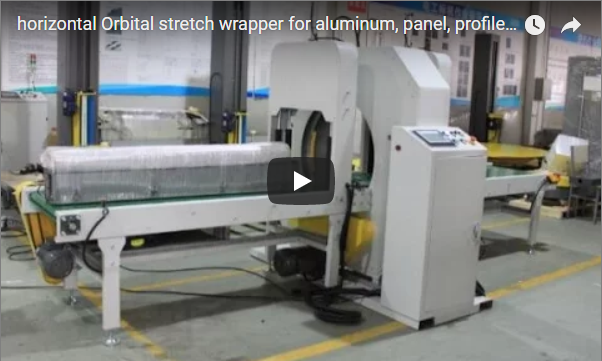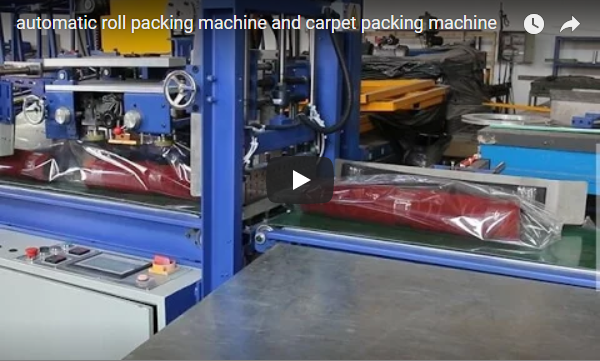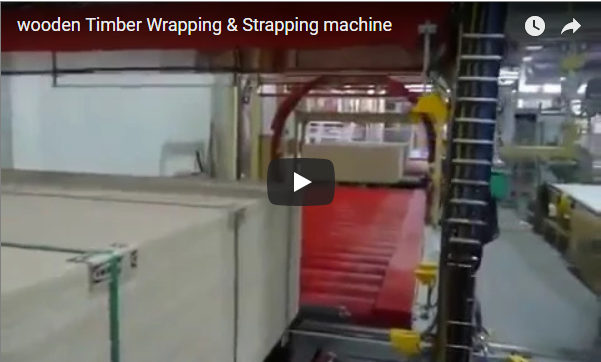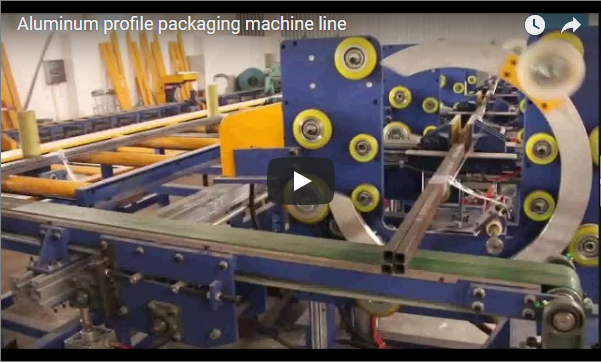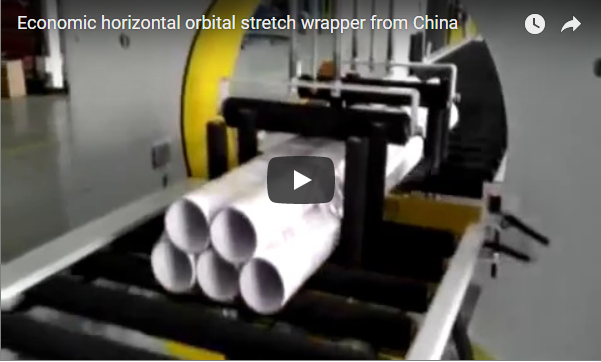Enhanced Solutions for Copper Sheet and Bronze Bar Packaging: The Horizontal Orbital Wrapping Machine
Handling and packaging long, valuable metal products like copper sheets and bronze bars presents unique challenges. These materials are susceptible to surface damage, oxidation, and deformation during transit and storage. An effective solution lies in specialized automated equipment, specifically the Copper Sheet and Bronze Bar Horizontal Orbital Wrapping Machine. This system provides robust protection and enhances operational efficiency.
1. Core Functionality and Operating Principle
This machine employs an orbital wrapping mechanism. Here’s a breakdown of the process:
- Infeed: Copper sheets or bronze bars are fed onto the machine's conveyor system, typically equipped with driven rollers designed to handle heavy loads without marring the product surface.
- Orbital Wrapping: As the product moves horizontally through the machine, a rotating ring carrying a roll of wrapping material (like stretch film or VCI paper) revolves around it. This orbital motion ensures complete coverage along the length of the product.
- Material Application & Tension Control: The wrapping material is dispensed from the carriage mounted on the rotating ring. Sophisticated tension control systems (often utilizing pre-stretch mechanisms for stretch film) ensure the material is applied tightly and consistently, securing the product without excessive pressure that could cause damage. The degree of overlap can usually be adjusted.
- Cutting and Sealing: Upon completion of the wrap cycle (often detected by sensors), an automated system cuts the wrapping material and secures the tail end to the package, ensuring a clean finish.
- Outfeed: The fully wrapped product exits the machine via the outfeed conveyor, ready for storage or shipment.
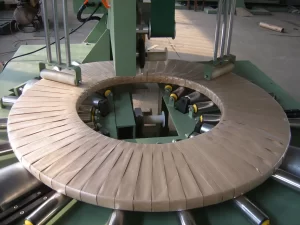
copper coil wrapper2 2. Key Technical Specifications
While specific parameters vary by model and manufacturer, typical specifications for a Copper Sheet and Bronze Bar Wrapping Machine include:
- Product Dimensions:
- Cross-section: Capable of handling various profiles, often ranging from small diameters/widths up to 500mm x 500mm or more.
- Length: Designed for long products, minimum lengths might be around 1 meter, with maximums determined by conveyor configuration (potentially 6m, 12m, or custom).
- Wrapping Ring:
- Diameter: Sized appropriately for the maximum product cross-section.
- Rotational Speed: Adjustable, often ranging from 30 to 100 RPM, depending on the ring size and application requirements.
- Conveyor System:
- Type: Powered rollers (often PU-coated or rubberized to prevent scratches).
- Speed: Variable speed, synchronized with the ring speed for consistent wrapping overlap, typically 2-15 m/min.
- Wrapping Materials:
- LLDPE Stretch Film (various gauges)
- VCI (Volatile Corrosion Inhibitor) Stretch Film or Paper (essential for copper/bronze)
- HDPE Woven Fabric
- Paper/Kraft Paper
- Control System:
- PLC (Programmable Logic Controller) for process automation.
- HMI (Human-Machine Interface) Touch Screen for easy operation, parameter setting (wrap tension, overlap, conveyor speed), and diagnostics.
- Power Requirements: Typically 3-phase power (e.g., 480V/60Hz or 380V/50Hz), dependent on motor sizes.
- Optional Features:
- Automatic top pressers (pneumatic or hydraulic) for stabilizing taller or unstable loads.
- Infeed/Outfeed conveyor extensions.
- Integration with weighing systems or labeling units.
- Safety fencing and light curtains.
3. Advantages in Industrial Applications: A Personal Perspective
From experience, integrating such a machine yields significant benefits beyond simple packaging:
- Enhanced Product Protection: This is paramount for high-value metals like copper and bronze. The tight, uniform wrap shields against dust, moisture, and handling abrasion. Using VCI materials actively prevents oxidation and corrosion, preserving the material's integrity and appearance – a crucial factor for customer satisfaction and reducing scrap rates. I've seen firsthand how proper VCI wrapping drastically reduces surface tarnishing on bronze bars stored even in humid conditions.
- Operational Efficiency and Throughput: Automating the wrapping process dramatically increases packaging speed compared to manual methods. A machine can wrap a long bar or sheet bundle in minutes, significantly reducing labor costs and bottlenecks. Cycle times become predictable, aiding production planning. Where manual wrapping might take 10-15 minutes per bundle, an automated system can often achieve this in under 2 minutes.
- Consistency and Material Savings: Automated tension control and precise overlap settings ensure every package is wrapped identically. This consistency improves load stability and minimizes material waste compared to inconsistent manual wrapping. Pre-stretch systems, in particular, can significantly reduce stretch film consumption (up to 200-300% stretch), leading to cost savings.
- Improved Workplace Safety: Manual handling and wrapping of long, heavy metal pieces pose ergonomic risks and potential injury hazards. Automation minimizes direct operator involvement in the physically demanding wrapping task, creating a safer work environment.
- Flexibility: Modern machines can often store multiple wrapping programs, allowing operators to easily switch between settings for different product dimensions or wrapping requirements via the HMI.
4. Design Considerations for Durability and Maintenance
Machines designed for metal industry applications prioritize robust construction:
- Frame: Heavy-duty welded steel frames ensure stability and longevity under industrial conditions.
- Components: High-quality bearings, motors, and drive systems are selected for reliability. Conveyor rollers are designed for heavy loads and durability.
- Accessibility: Thoughtful design allows for easier access to key components like the film carriage, ring drive, and control panel for routine maintenance and troubleshooting. Wear parts like cutting blades or clamp pads should be readily replaceable.
5. Integration into Production Lines
These wrapping machines are rarely standalone units. They are typically integrated into a larger production or processing line:
- Material Flow: Seamless integration with upstream processes (e.g., cutting, extrusion, drawing) and downstream systems (e.g., bundling, strapping, labeling, storage) is key. This often involves matching conveyor heights and speeds and using sensors for automated handoffs.
- Control System Communication: PLCs can often communicate with central plant control systems (e.g., via Ethernet/IP, Profinet) for coordinated operation and data exchange.

6. Choosing the Right Configuration
Selecting the appropriate machine involves considering:
- Product Range: Define the minimum and maximum dimensions (length, width, height/diameter) and weight of products to be wrapped.
- Throughput Requirements: Determine the number of pieces or bundles needing to be wrapped per hour or shift.
- Wrapping Material: Decide on the necessary protection level (e.g., basic dust cover vs. long-term corrosion inhibition requiring VCI).
- Level of Automation: Consider the need for fully automatic cutting/clamping, integration features, and operator involvement.
- Budget: Balance features and performance against capital expenditure.
Conclusion
The Copper Sheet and Bronze Bar Wrapping Machine is more than just packaging equipment; it's an engineered solution addressing specific challenges in the metals industry. By providing superior protection, boosting efficiency, ensuring consistency, and improving safety, it offers a significant return on investment for manufacturers and processors handling these valuable materials. Careful consideration of technical specifications and integration needs ensures the selection of a system that optimizes the packaging workflow.
https://www.fhopepack.com/Horizontal_wrapping_machine.html
For further inquiries, please contact: info@fhopepack.com

